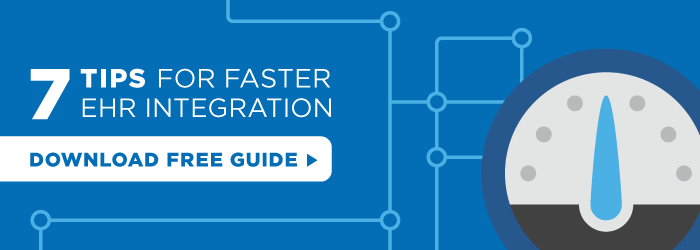In this third installment of our Most Connected Hospitals series, we’re going to focus on Patient Engagement. Patient Engagement evaluates a hospital’s ability to provide patients with access to their information and to continuously communicate online after discharge. Questions revolve around patient access to their information and their ability to edit this information, refill prescriptions, schedule appointments and pay online.
To provide your patients with access to their EHR through an online portal you need to provide secure centralized access from various systems throughout your hospital. A robust integration engine is your best solution in ensuring the various data types can be reformatted and shared with your patients online.
If you’re worried about investing in a patient portal and not seeing any engagement by them, don’t be! Over 80% of Americans who have access to their EHR information use it and about ⅔ of those who do not have access want it. Research shows that engaged patients actually get better-quality health care, and can avoid potential medical errors.
Patient engagement can go far beyond access to EHR; it can include education during the patient’s stay, at the point of discharge or after. Patient Education is necessary for various certifications, and can significantly reduce preventable readmissions, which are quite costly to providers.
Learn how Valley Medical Center outperformed similar hospitals by 550% in patient engagement.
Integration is an integral part of healthcare information and will only grow in importance. While so many vendors are trying to develop “plug and play” solutions, due to the complexity of healthcare systems and their IT infrastructures, achieving interoperability is unlikely without a robust integration engine.
There are far more benefits than just achieving recognition as one of The Most Connected Hospitals. Can you afford to miss out?

